uPVC Profile
uPVC is based on the polyvinyl chloride polymer, however, in order to make the material suitable for use as a window, a number of different additives and stabilizers are used. These special heat and UV stabilizer additives are an essential part of any PVC formulations destined for the manufacture of PVC-U windows.
Description
uPVC (unplasticized polyvinyl chloride) is based on the polyvinyl chloride polymer; however, in order to make the material suitable for use as a window, a number of different additives and stabilizers are used. These special heat and UV stabilizer additives are an essential part of any PVC formulation destined for the manufacture of PVC-U windows.
The choice of stabilizer will largely depend on the particular end application, and there are good technical reasons why certain stabilizer types are used for specific applications. Stabilizers often comprise a metallic component together with various organic compounds; the simple elemental form of a metal is never used. There are several types of metal salts and soaps used to stabilize PVC for window applications.
uPVC windows are produced using segments of profile, which are sliced and consolidated to determine the state of the window. These profiles are delivered by constraining liquid PVC through an exacting bite of the dust. The material is cooled very quickly before being sliced to length. The evenness, squareness, and straightness of the profile are kept up by the plan qualities of the profile and the tooling.
The windows are then created from bits of profile that have been sliced to the right size. These bits of profiles are combined using either warm combination welding or T-joint connectors. Steel or aluminum fortification segments are settled inside the uPVC profiles to give extra quality where required.
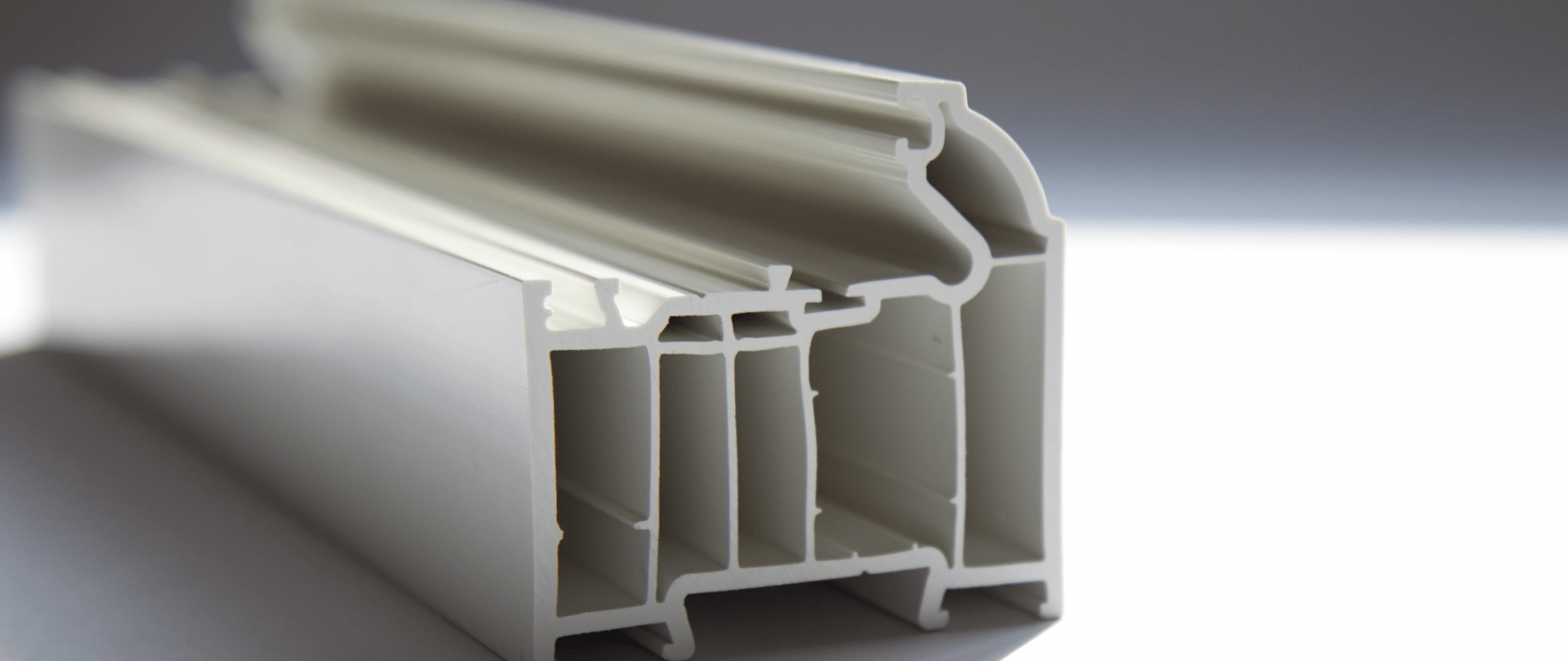


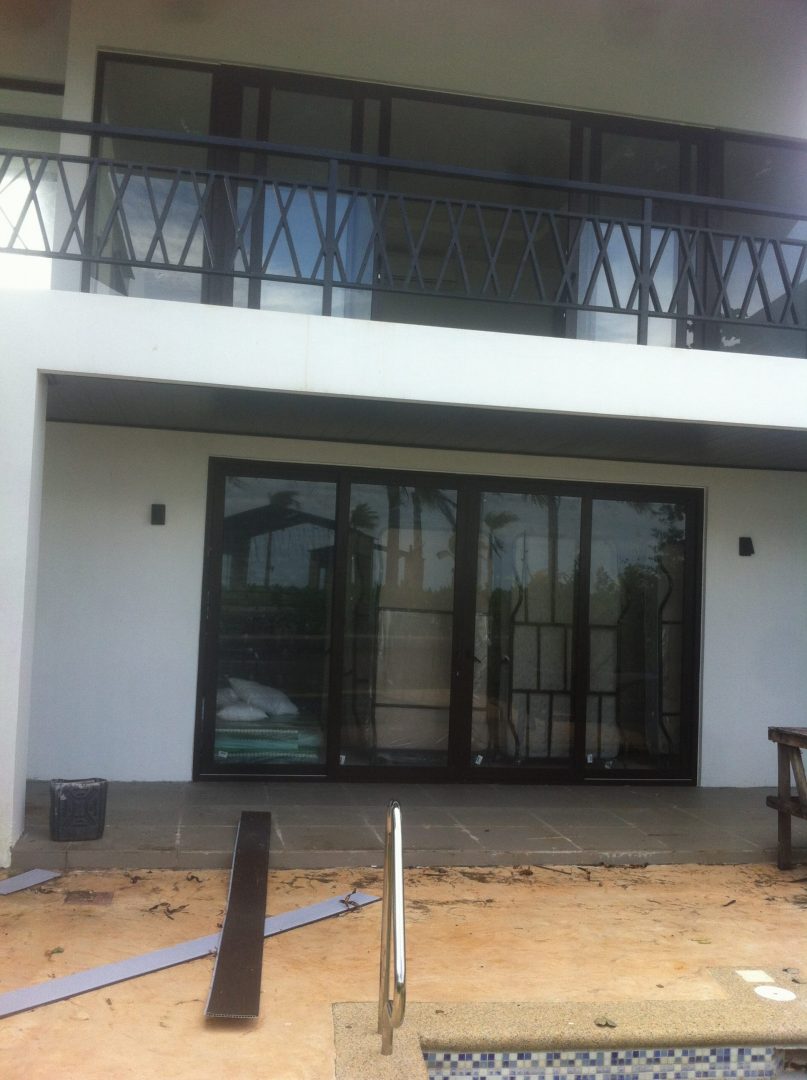
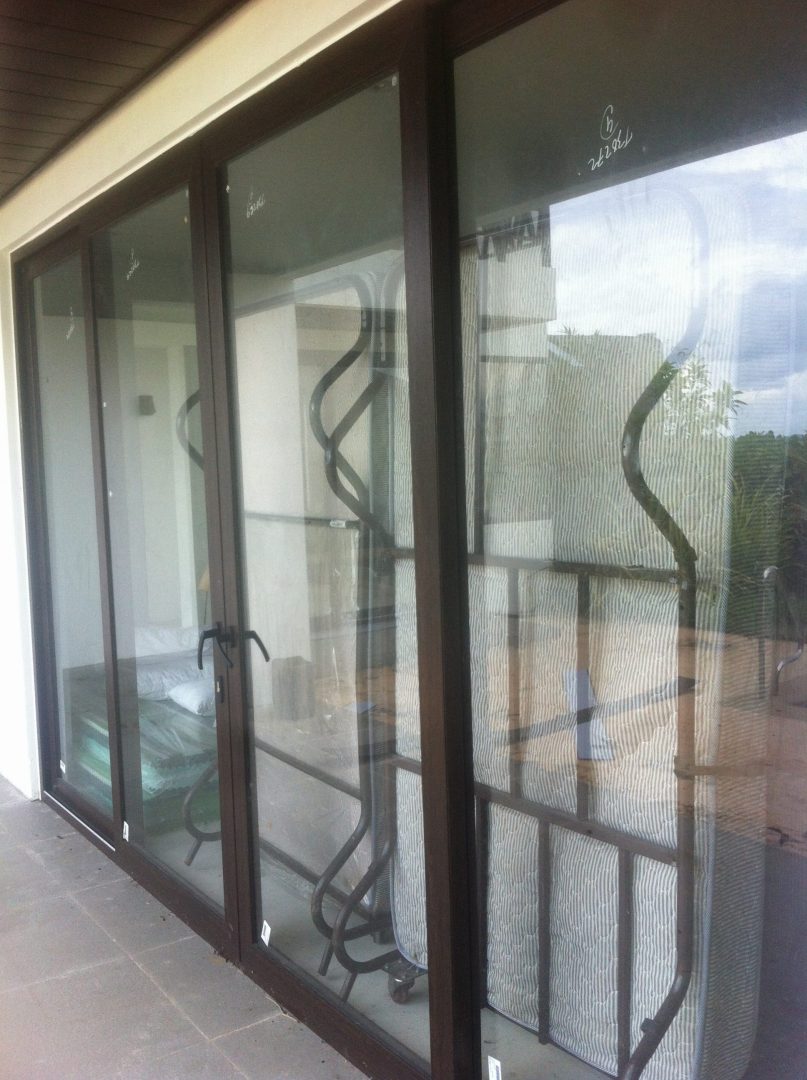
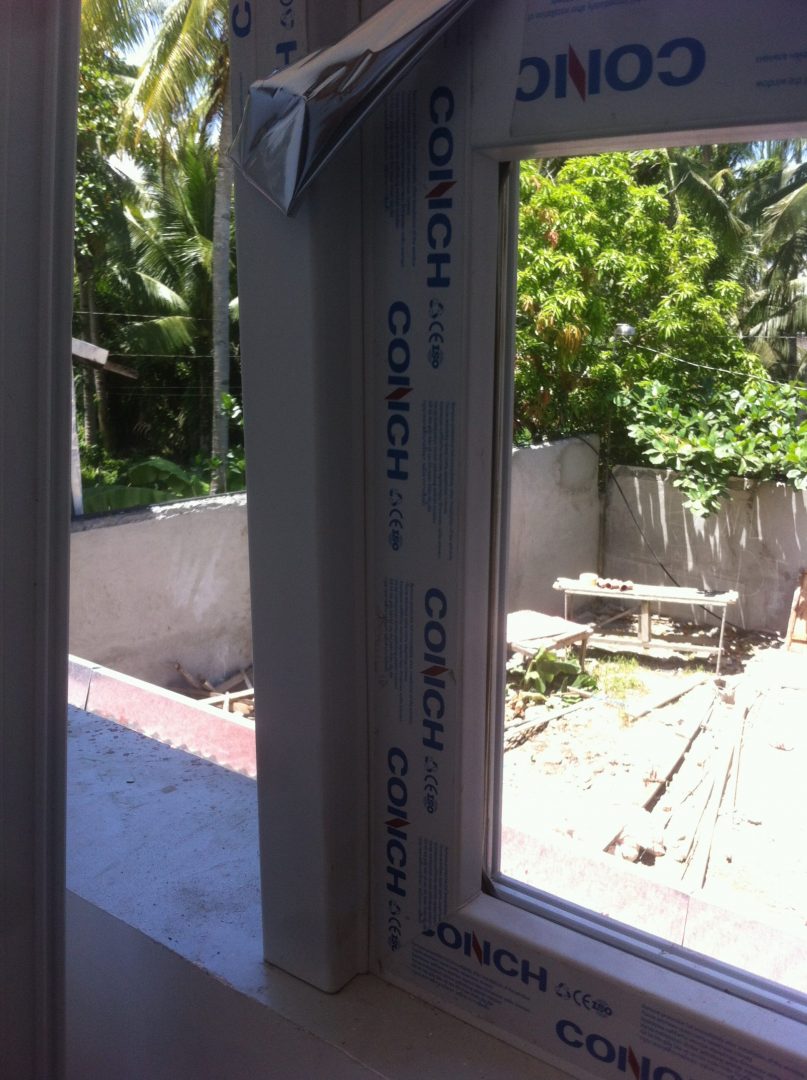
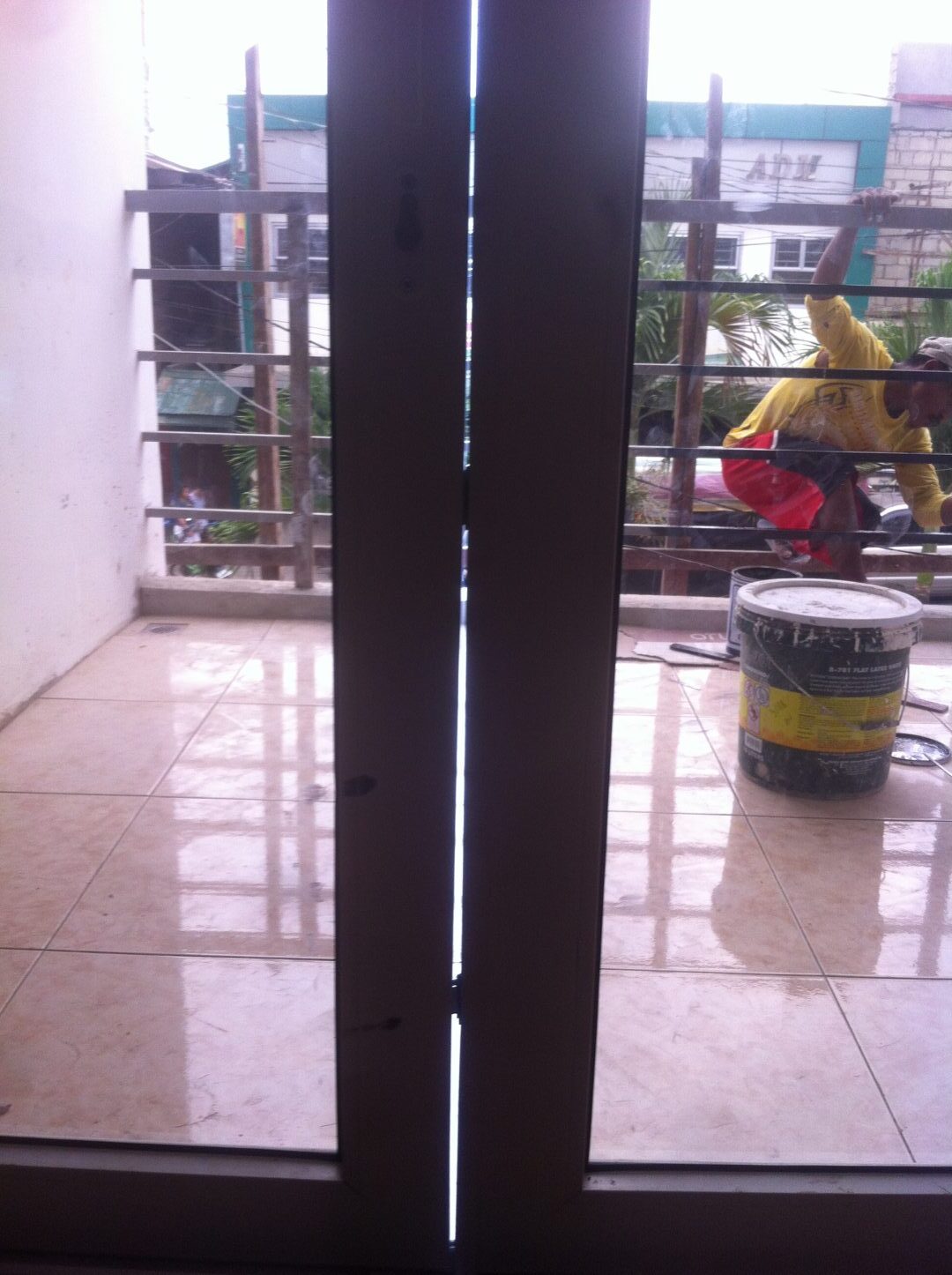
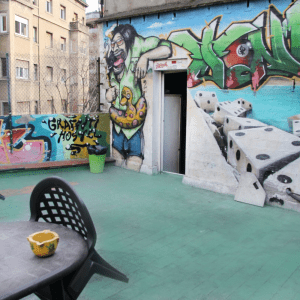
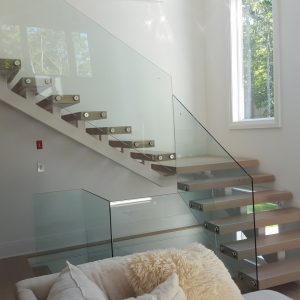
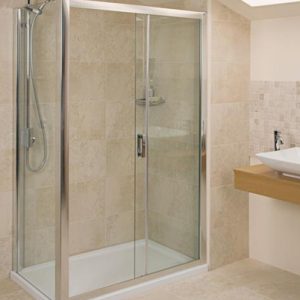
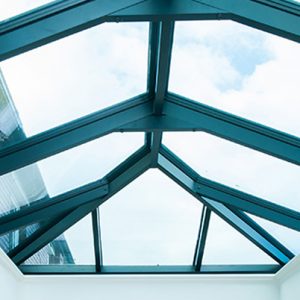
Reviews
There are no reviews yet.